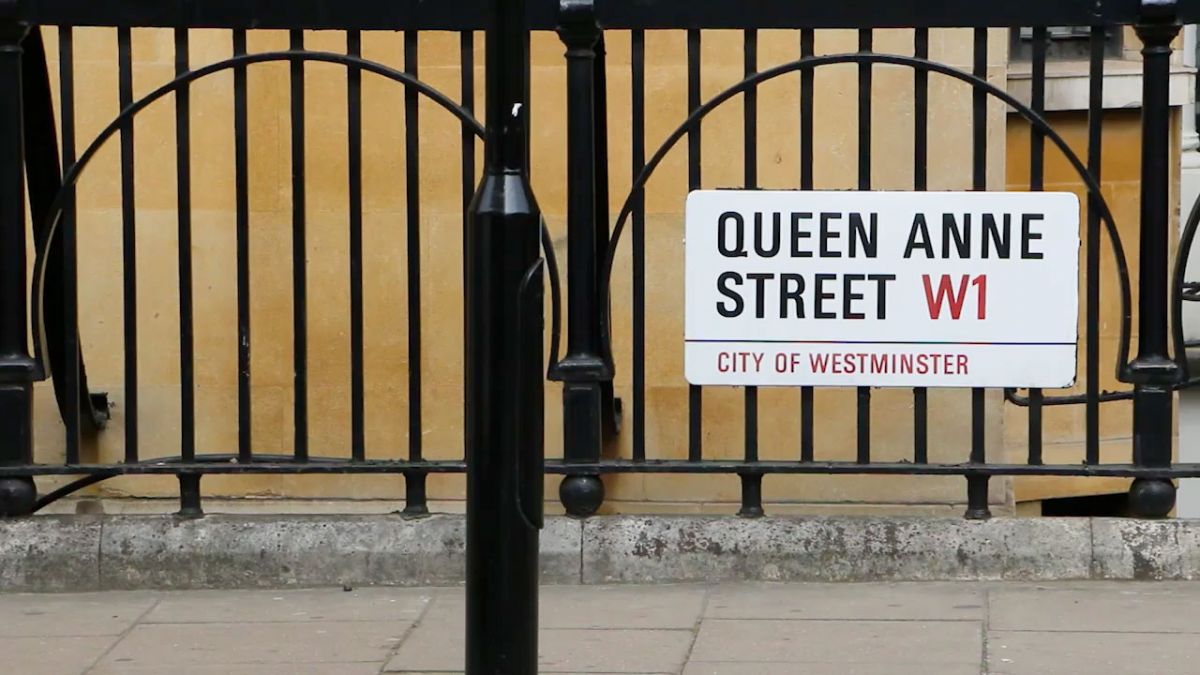WordPress was once known as one of a choice of blogging platforms but has developed beyond its original use and is now one of the most popular content management systems. It powers over 17% of the web and migrating a website to WordPress is so simple that even if your original site was created without the use of a content management system at all it can be moved over.
Steps to Migration
There are five basic steps to ensure to simple WordPress migration. These steps can be carried out by regular web users and web site developers alike:
- Evaluate the original website
- Set up WordPress ready to import your website
- Import content
- Migrate your design
- Review your website and go live.
Below is a closer look at each step and how to carry out in the best possible way.
Step One: Evaluation your Website
This process should be relatively pain free as you’re dealing with your familiar website. Go through the process of categorising and organising your content, working out which you want to keep and migrate.
Step Two: Set up WordPress
Before importing your content WordPress needs to be set up and there are two options. If you’re just experimenting then you should start with a local installation. If you’re 100% ready to go then you need to install WordPress with your hosting provider.
Modified Setting and Plugins
Once WordPress is installed you can make some adjustments to customise your new website:
- Update permalinks – go to Settings → Permalinks and opt for the “postname” permalinks style which is the most effective.
- Update users – it’s sensible to create an admin-level account for yourself. It’s also essential that you remove the ‘admin’ user name to avoid any security breaches.
- Forms – using plugin contact forms is the best solution rather than migrating code. There are paid and free form plugins.
- SEO Management – understanding SEO is not something you need to know inside out especially with plugins like WordPress SEO on hand to sort it out on your behalf.
Stage Three: Import Content
The ease of importing content will be dependent on your old website’s system. Did you use a different CMS? If so you may have a straightforward importing tool to use. Start by viewing the list of content-importing script in the Codex. If it matches up then it’s simple and you can just follow the on-screen instructions.
Manual migration takes more time but will be necessary if you don’t have a CMS. It’s a simple cut and paste job, although it’s recommended you keep note of all the old URLs.
Stage Four: Migrate your Design
Bringing over design is one of the more complex elements of the process. You could consider a brand new design utilising one of the hundreds of WordPress themes on the market. If not, follow these simple steps.
Evaluating Design
Evaluate the source code of the design before making the migration. If the code is heavily table-based or more complex than you’re happy with then migrating the design probably won’t be worth the development necessary. Experienced developers may well want to have a go at it though.
Working with Code
The easiest way to migrate your design is to work directly with the source code in your chosen browser. Going directly into the code saves time and gives you practically everything you need.
Custom Theme
All WordPress experts would recommend you create a custom theme by modifying an existing theme to meet your design needs.
Stage Five: Review and Go Live
Now that your theme is working it’s time to review your site at a whole. Be prepared for elements which need fixing and don’t work out. You’ll be bound to come across broken links, style, and functionality.
Setting up Redirects
Your link structure is likely to change in the migration process and therefore you’ll need to ensure redirected links are in place from the old pages to the new. Adding these redirects to an .htaccess file which you can access through the WordPress directory.
Going live with the site usually involves either relocating WordPress from the development folder to the root directory or pointing the domain from the old server to the new one.
It’s that simple and your WordPress migration is complete and you can begin to utilise this easy to adapt CMS for all your web needs.

